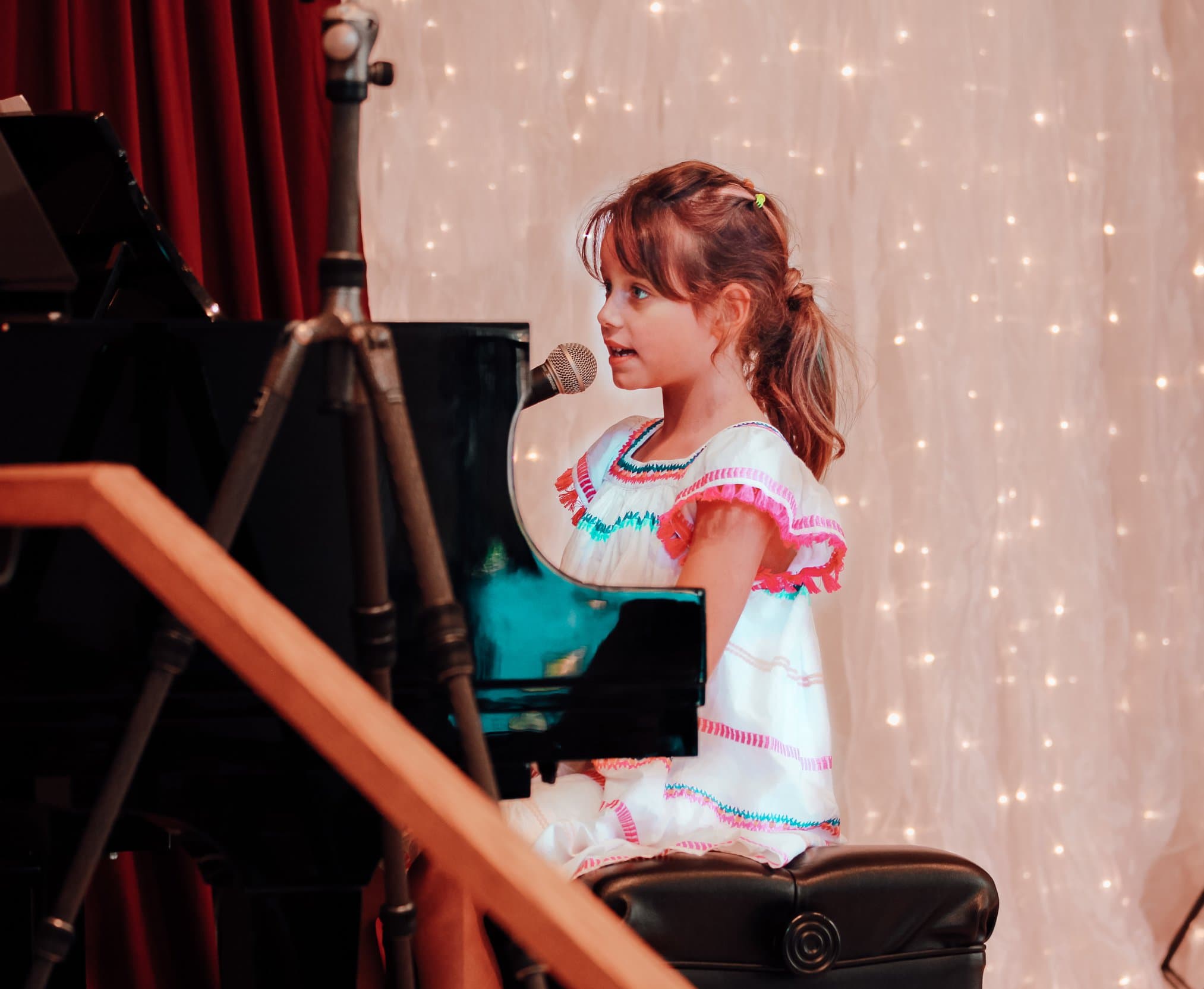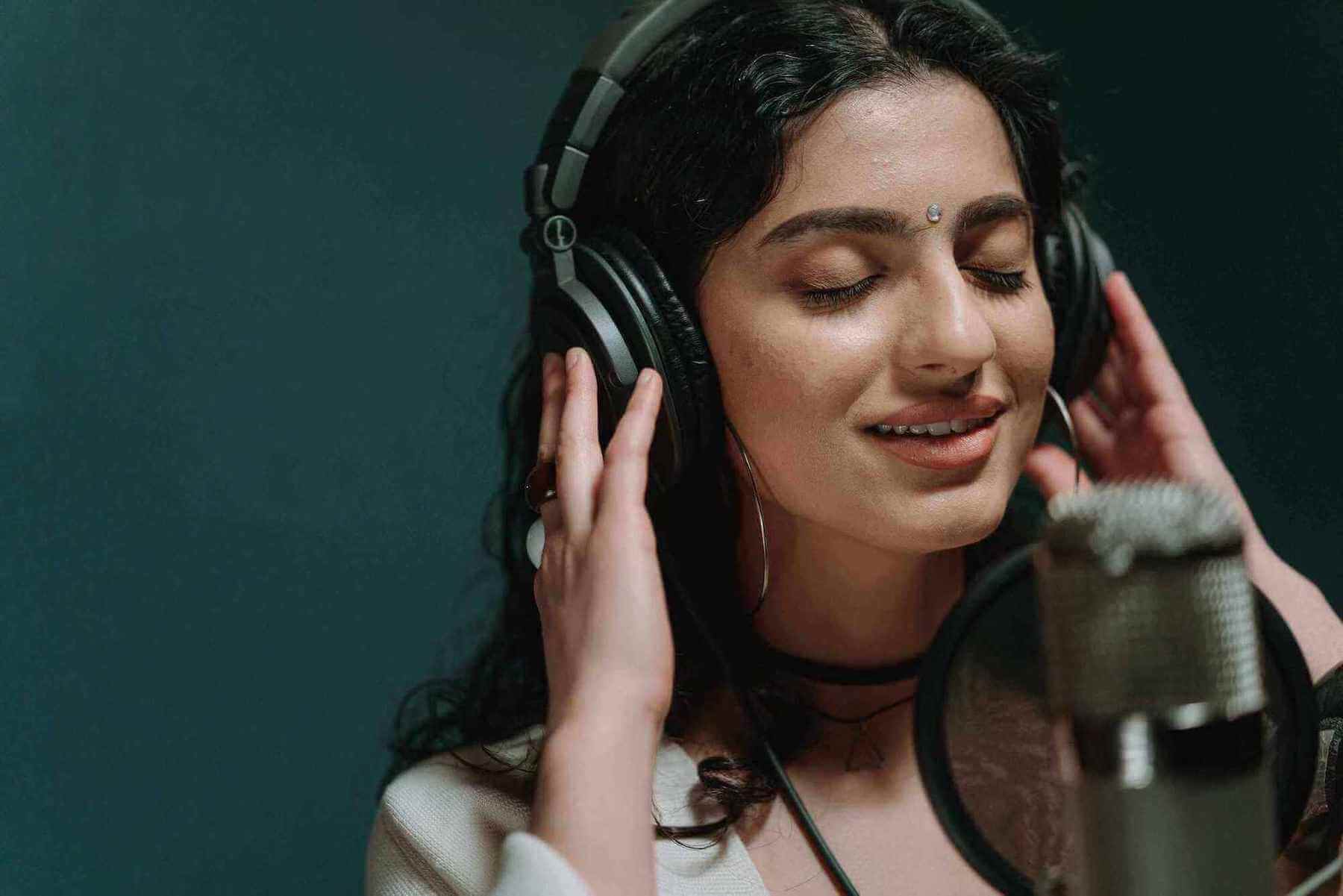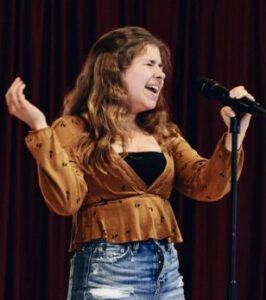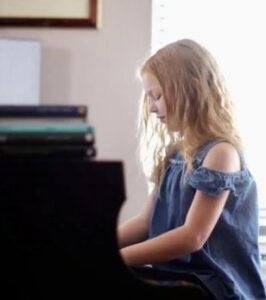What Are the Different Types of Musical Theatre Singing
GET STARTED
New vocal students often envision musical theatre singing as one particular style, distinct from styles like classical and pop. The truth is though that musical theatre encompasses a wide variety of styles itself, some much closer to classical singing and others closer to rock (and nowadays, even rap). While each of those genres still has its own musical theatre flare (i.e. pop musical theatre singing is still a little stylistically different than radio-friendly pop), it’s important for musical theatre singers to both have a solid grasp of the different styles and to know when to use what. To get you started, I’ve compiled a list of a few of the main types of musical theatre singing with some examples. If you listen closely, you probably won’t have a very hard time hearing the difference in vocal production.
Legit
While there are still some stylistic differences, legit musical theatre is closely tied to the classical voice tradition. It uses rounder vowels, a high soft palate, tilted thyroid cartilage, and typically thinner vocal folds (i.e. it uses more head resonance). That may all sound complicated to you, but just think Julie Andrews, John Raitt, and Barbara Cooke. More Cosette and less Eponine. More Kristen Chenoweth here and not so much here.. You hear more legit musical theatre singing in revivals of Golden Age musicals, like Carousel, but it’s also made a comeback in neoclassical-driven shows like The Light in the Piazza. Here’s the great Audra McDonald singing “I Could Have Danced All Night.”
Character
Character songs are usually not sung in a way that we’d typically call great singing. They’re usually funny, often more nasal than is pleasing, and more driven by acting choices than singing choices. That said, character singing is its own special skill that often pulls from elements of legit and musical theatre belt. It’s rare that you find shows that are mostly character-song driven. Most have one or two character singers with others singing different styles, like legit. Think Little Red’s character song, “I Know Things Now” in Into the Woods alongside Cinderella’s legit “On the Steps of the Palace.” But occasionally, shows like Avenue Q and You’re a Good Man, Charlie Brown that contain pretty much all character songs come along, and it’s hard to get cast at all if you aren’t good at the style. Speaking of Kristen Chenoweth, here’s a quintessential example of a character song, “My New Philosophy.”
Traditional Musical Theatre Belt
People often associate older Broadway with more legit voices, and there’s some truth to that, but even in the Rogers and Hammerstein days, there were plenty of Broadway belters. Belting is a more chest-voice driven, thyroarytenoid dominant, brassy style of singing. Think Ethel Merman, Chita Rivera, and Patti Lupone. Traditional musical theatre belt songs, unlike more contemporary ones, tended to be lower, and brassy enough that they could fill a theater without the use of amplification. Ethel Merman was famous for this. Here she is, boys! Here she is, world!
Contemporary
Contemporary musical theatre singing can span a number of different styles, but it tends to be very speech-driven. It’s often belted, but more often than not, it uses a more speech-level mixed belt instead of the low, chesty brass of Ethel Merman’s day. Listen to the stylistic difference between this speech-like, contemporary Jason Robert Brown song and this heavier, more traditional belt Patti Lupone is doing. Even Idina Menzel, who is famous for her big belty voice, tends to use a lighter, more speech-driven mix when she isn’t approaching the top of her range. Since you guys are probably all familiar with Wicked, I’ll shake it up and throw an If/Then song out here.
Pop/Rock
Sometimes musical theatre composers write original pop, rock (or other types of commercial music) scores–think Rent and Hedwig. Other times, this style comes in the form of jukebox musicals, where pre-written pop music is woven into a story. Mamma Mia and its Abba score is a very famous example of this, but lately we’ve seen a Green Day musical (American Idiot), a Queen one (We Will Rock You), a Four Seasons musical (Jersey Boys), a Carole King one (Beautiful), and many others. Often, these musicals still have a more Broadway-tinged sound to them than the original band did. Listen to “21 Guns” in the American Idiot musical vs. the Green Day version. Granted, the first one is a woman, but regardless, notice the more blended registers, the sweeter tone, and the purer vibrato. I think you get the idea of what this style is all about, but for your amusement, here’s “Dancing Queen”!



